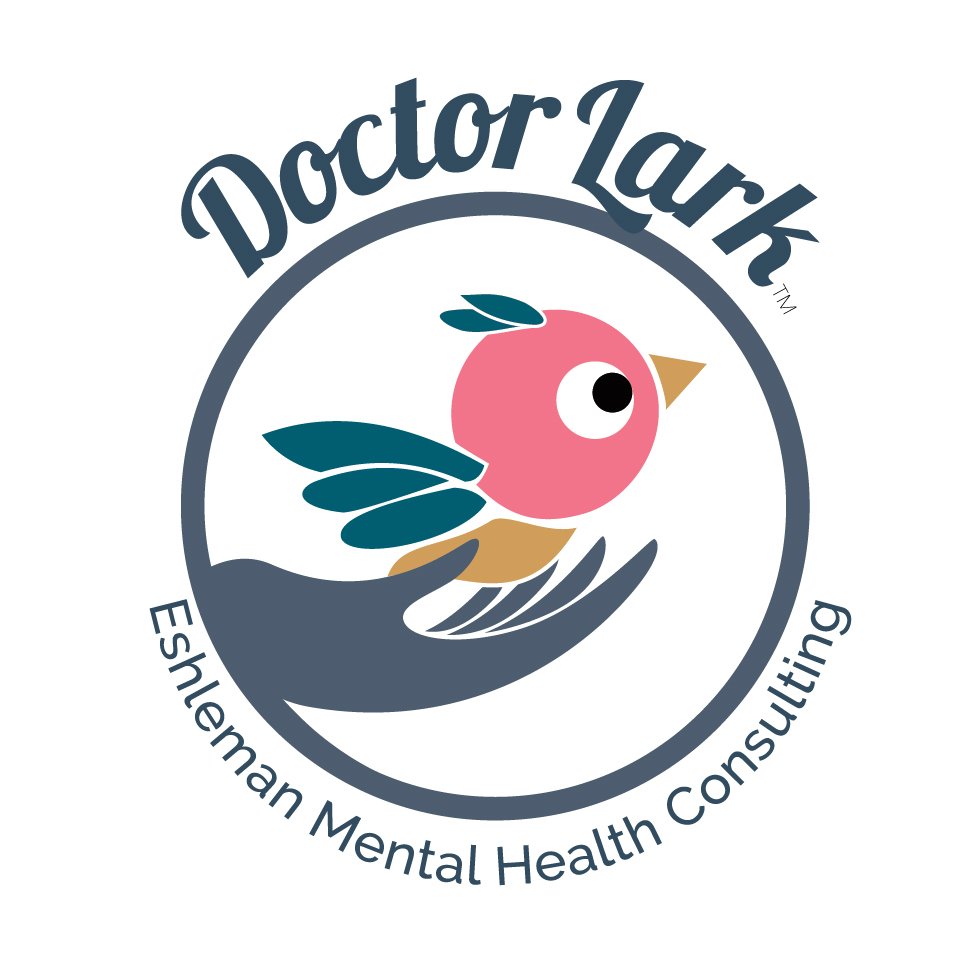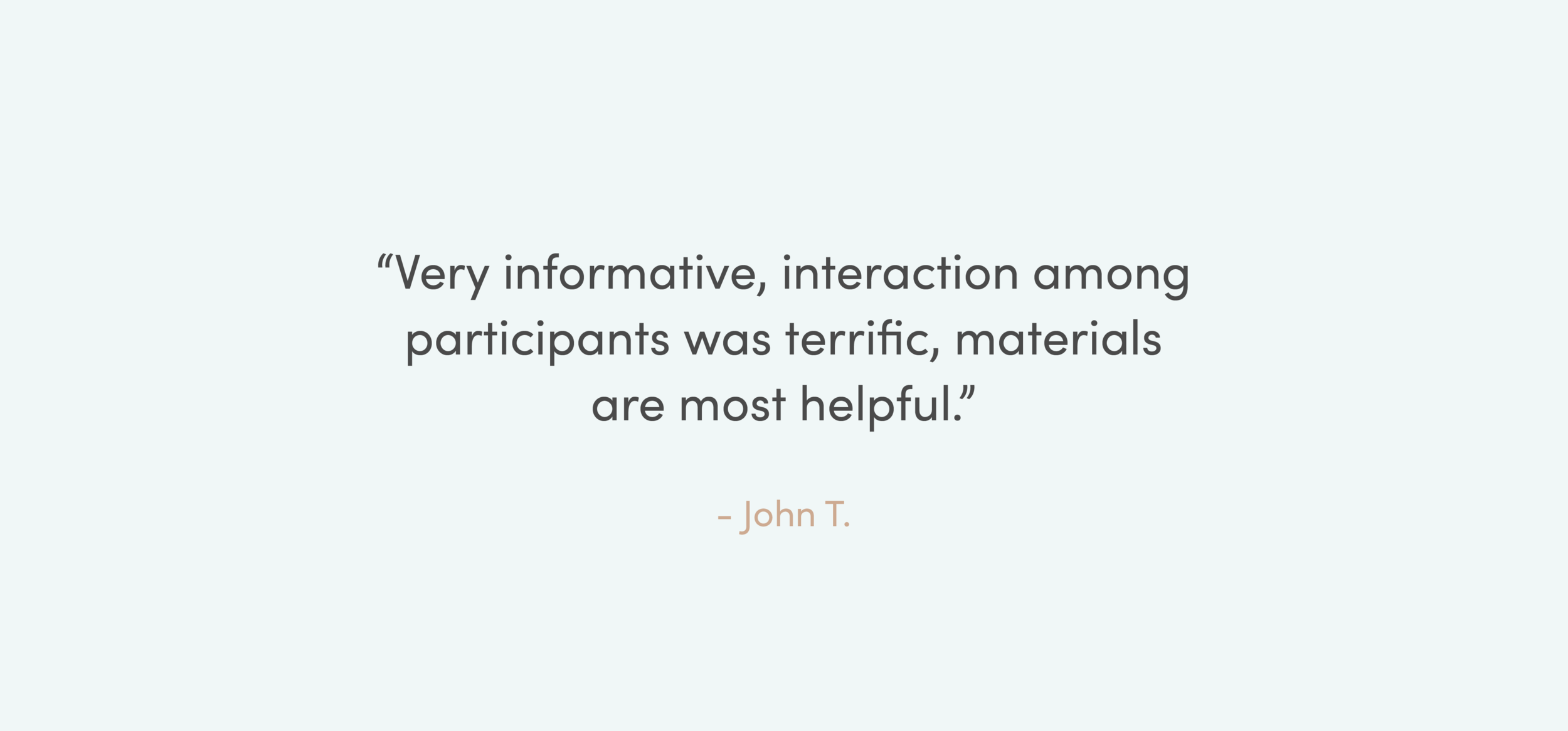
What is attachment trauma?
how does it happen?
Sudden or traumatic separation from primary caregiver (through death, illness, hospitalization of caregiver, or removal of child)
Physical, emotional, or sexual abuse
Neglect (of physical or emotional needs)
Illness or pain which cannot be alleviated by caregiver
Frequent moves and/or placements
Inconsistent or inadequate care at home or in day care (care must include holding, talking, nurturing, as well as meeting basic physical needs)
Chronic depression of primary caregiver
Neurological problem in child which interferes with perception of or ability to receive nurturing (i.e. babies exposed to crack cocaine in utero)
Family dysfunction perhaps associated with family member being incarcerated or struggling with addiction or mental health disorders.
Has it affected ones that I love?
Behaviors Associated with Problematic Attachment
Lack of eye contact
Inappropriately demanding and clingy
Persistent nonsense questions and incessant chatter
Low self esteem
Extreme control problems
Abnormal speech patterns
Abnormal eating patterns
Chronic "crazy" lying
Stealing
Destructive to self, others, property
Cruel to animals
Preoccupied with fire, blood, and gore
Healing Stories
Just a "Regular" Kid
Jeremy was one of several children born to a Birth Mom who already had several children removed from her care and parental rights terminated. However, Jeremy's situation was different: his Birth Dad was in jail, and would not give permission to have rights terminated, so when Jeremy was placed in foster care, he was required to continue to see Birth Mom on a regular basis, and Birth Father did not allow for Jeremy to participate in psychotherapy. In other words, even as young as 18 months when he was placed in care due to abuse and neglect at home, Jeremy was "stuck." He could not be considered as pre- adoptive, nor could he come to therapy with his Foster Parents to begin the healing process that eventually took years to accomplish.
Instead, Foster Parents came alone! They decided that if Jeremy could not come for therapy, that THEY would come to learn how to begin healing in their wonderful foster home, and that THEY would learn how to help Jeremy with the heart wrenching nightmares and melt-downs that he experienced -- sometimes before and always after each bi-weekly visit with Birth Mom.
Jeremy's Foster Parents "introduced" me to a youngster who, deep down inside, believed that he was "bad," or "rotten," and acted that way on a regular basis. If his parents praised him for something, he would deliberately sabotage whatever he had just done so as to prove them wrong. He could accept NO criticism, even
constructive, lovingly-offered suggestions, without having temper tantrums or, once his language skills were sufficient, long diatribes about why HE was right and THEY were wrong. So sad ... Jeremy was growing up to be argumentative,passive-aggressive in his actions, and developing a core or negative (and unfounded) self-beliefs.
Finally, at age 5 1⁄2, and after another child was born to his Birth Mom and was immediately placed in foster care with Jeremy's Foster Family, parental rights were terminated and the road to adoption was clear and open. And, Jeremy could begin to attend therapy with his parents! This was an exciting and welcomed event for me, as his primary therapist, and also for Jeremy and his Pre-Adoptive Parents, who had been talking about and practicing Narrative Therapy and Theraplay® at home for many years now.





